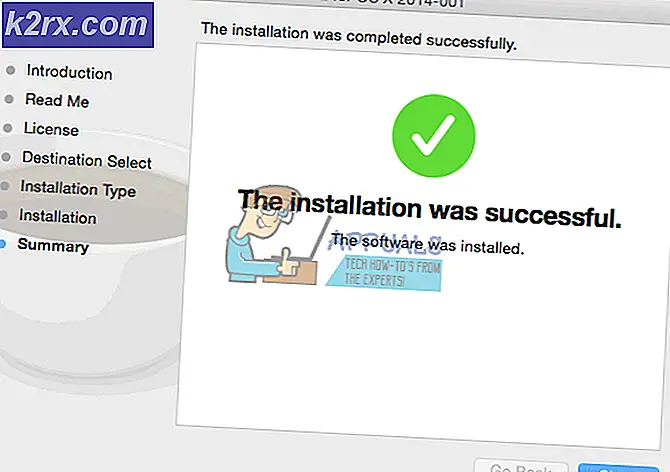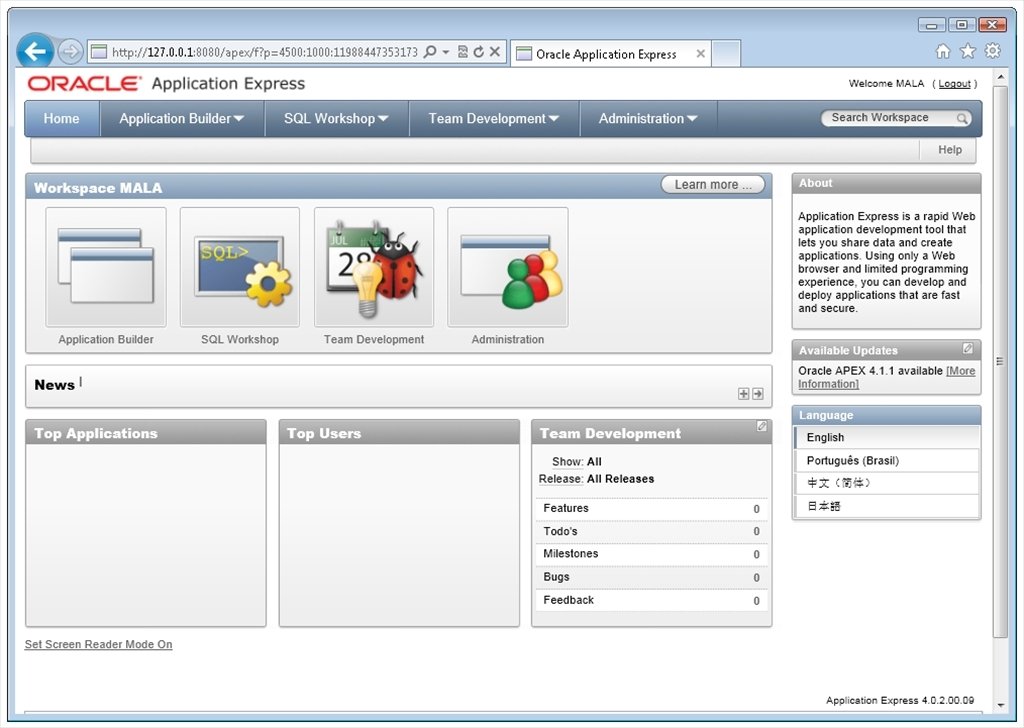Last updated: June 14, 2016
- Download Java Se 6 Runtime For Mac 10.10
- Download Java 6 Runtime Machine
- Download Java Runtime Environment For Mac
I just bought a new MacBook Pro 15” and migrated my MacBook Pro 13” software over to my new computer. My Adobe CS5 is saying I need to install the legacy Java SE 6 runtime. I did and I also verified it. I am still getting the pop up menu, could you please let me know what I need to do to fix this issue? By the way I have Sierra on my other. Important: Ensure that you install Java SE 6 Runtime only by clicking Install in the pop-up window.If you install Java SE 6 or 7 Runtime through any other means (for example, by directly accessing Java.com), Dreamweaver could still display the prompt. Solved: My Mac uses El Capitan operating system. When I try to open CS4 apps it says install Java Legacy SE6 Runtime File, and where do I find this?
How to reinstall Java 6 on Mac OS X
How to uninstall Oracle Java 7
Download Java Se 6 Runtime For Mac 10.10
Java is a free software currently developed by Oracle Corporation. Apple provided its own implementation of Java for Mac OS X until October, 2012. At that time, the Apple verison of Java 6 was removed during an OS X update, and replaced with the Oracle-supplied version of Java 7.
This article pertains to the Java Runtime Environment (JRE) program installed on your computer that is used to run Java applets encountered in your web browser. There are a variety of reasons why a Mac user would want to remove Oracle’s version of Java from their Mac, and reinstall Java 6 on Mac instead. To reinstall Java 6 on Mac OS X, you should first uninstall Oracle Java 7 or 8 from your Mac. The steps below explain how to uninstall Oracle Java from your Mac. Please note that to uninstall Java 7, you must have Administrator privileges.
- Click on the Finder icon located in your dock
- Click on Applications tab on the sidebar
- In the Search box enter: JavaAppletPlugin.plugin
- This will find the JavaAppletPlugin.plugin file
- Right click on JavaAppletPlugin.plugin and select Move to Trash
Alternatively, if you are familiar with using the Mac’s Terminal utility with Administrator privileges as root or by using sudo, you may copy/paste the command line below to uninstall Oracle Java 7:
How to Restore Apple’s Java 6 after uninstalling Oracle Java 7
If you updated your Mac to Oracle Java 7 or 8, and it has created an unforeseen issue, you may continue to use Apple’s
Java on your Mac by restoring it. Please note that to restore Apple’s Java, you must have Administrator privileges and execute the command either as root or by using sudo.
- Click on the Finder icon located in your dock
- Click on Applications tab on sidebar
- Click on the Utilities folder
- Double-click on the Terminal icon
- In the Terminal window Copy and Paste the command below:
Once you have uninstalled Oracle’s Java, and restored Apple’s Java 6, you may verify that your Mac is running the expected Java version by visiting the Java.com web site.
If this article helped you, please consider leaving us a Bitcoin tip:

16U6TZfMExxCCVuptXirEp3YVKxgBC12GQ
Tech Help Knowledgebase creates how-to articles and video tutorials for common issues, and provides technical support for the categories covered by our site.
Get Support.
See JDK 7 and JRE 7 Installation Guide for general information about installing JDK 7 and JRE 7.
See the Mac OS X Platform Install FAQ for general information about installing JDK 7 on Mac OS X.
Contents
System Requirements
- Any Intel-based Mac running Mac OS X 10.7.3 (Lion) or later.
- Administrator privileges.
Note that installing the JDK on a Mac is performed on a system wide basis, for all users, and administrator privileges are required. You cannot install Java for a single user.
Installing the JDK also installs the JRE. The one exception is that the system will not replace the current JRE with a lower version. To install a lower version of the JRE, first uninstall the current version.
JDK 7 Installation Instructions
Installation of the 64-bit JDK on Mac Platforms

When you download the Java Development Kit (JDK), the associated Java Runtime Environment (JRE) is installed at the same time. The JavaFX SDK and Runtime are also installed and integrated into the standard JDK directory structure.
Depending on your processor, the downloaded file has one of the following names:
- jdk-7u<version>-macosx-amd64.dmg
- jdk-7u<version>-macosx-x64.dmg
Where <version> is 6 or later.
1. Download the file. Before the file can be downloaded, you must accept the license agreement.
2. From either the Downloads window of the browser, or from the file browser, double click the .dmg file to launch it.
3. A Finder window appears containing an icon of an open box and the name of the .pkg file Double click the package icon to launch the Install app.
4. The Install app displays the Introduction window. Click Continue.
4a. Note that, in some cases, a Destination Select window appears. This is a bug, as there is only one option available. If you see this window, select Install for all users of this computer to enable the continue button. Click Continue.
5. The Installation Type window appears. Click Install.
6. A window appears which says 'Installer is trying to install new software. Type your password to allow this.' Enter the Administrator login and password and click Install Software.
7. The software is installed and a confirmation window appears. Click the ReadMe for more information about the installation.
After the software is installed, delete the dmg file if you want to save disk space.

Determining the Default Version of the JDK
Download Java 6 Runtime Machine
A: If you have not yet installed Apple's Java Mac OS X 2012-006 update, then you are still using a version of Apple Java 6 that includes the plug-in and the Java Preferences app. See Note for Users of Macs that Include Apple Java 6 Plug-in.

There can be multiple JDKs installed on a system – as many as you wish.
When launching a Java application through the command line, the system uses the default JDK. It is possible for the version of the JRE to be different than the version of the JDK.
Download Java Runtime Environment For Mac
You can determine which version of the JDK is the default by typing java -version in a Terminal window. If the installed version is 7u6, you will see a string that includes the text 1.7.0_06. For example:
To run a different version of Java, either specify the full path, or use the java_home tool:
For more information, see the java_home(1) man page.
Uninstalling the JDK
To uninstall the JDK, you must have Administrator privileges and execute the remove command either as root or by using the sudo(8) tool.
Navigate to /Library/Java/JavaVirtualMachines and remove the directory whose name matches the following format:*
For example, to uninstall 7u6:
Do not attempt to uninstall Java by removing the Java tools from /usr/bin. This directory is part of the system software and any changes will be reset by Apple the next time you perform an update of the OS.
*The 7u4 and 7u5 releases were installed into a directory that does not follow this format. To uninstall 7u4 or 7u5, remove the 1.7.0.jdk directory from the same location.
